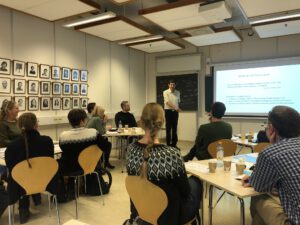
“Teachers should be allowed to be learners”! Currently reading Lidgren et al. (2006)
What are the barriers to including sustainability into courses and curricula at Lund University? Lidgren, Rodhe and Huisingh (2006) start from the premise that universities have an important role to…








